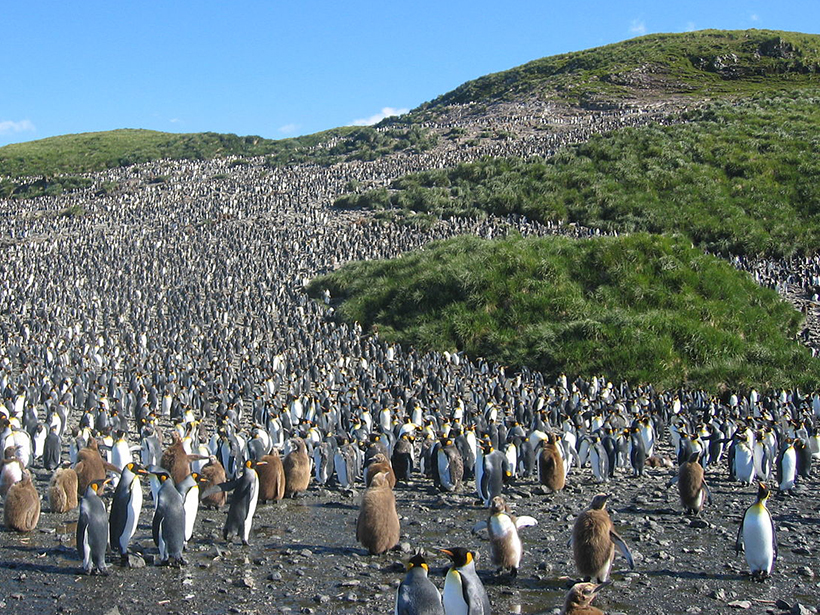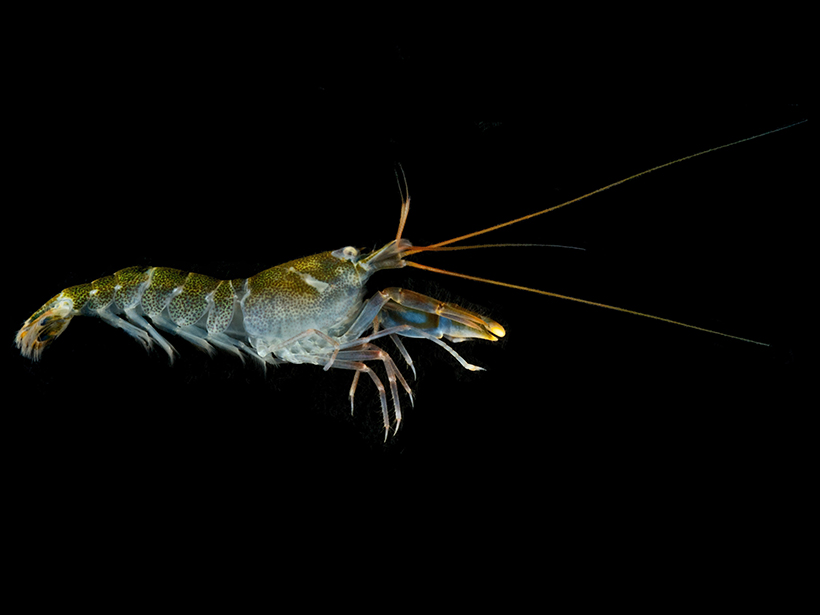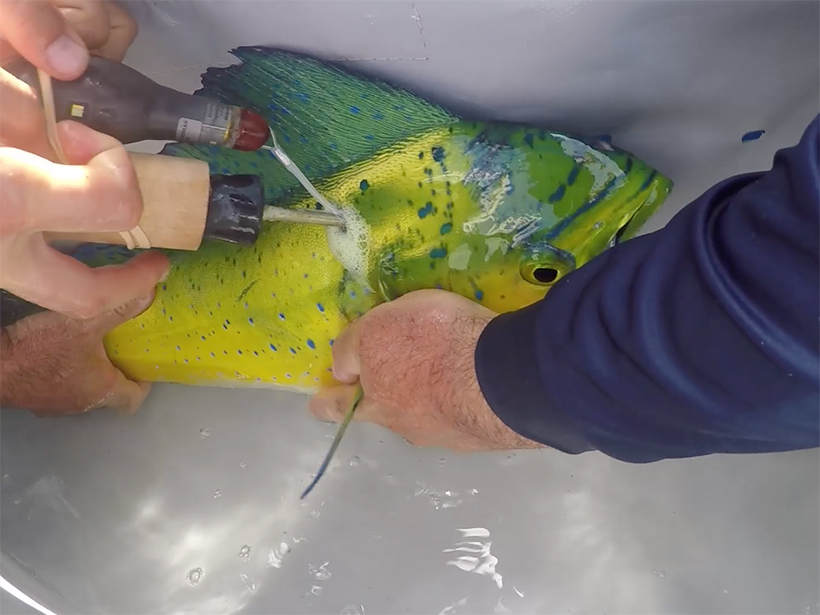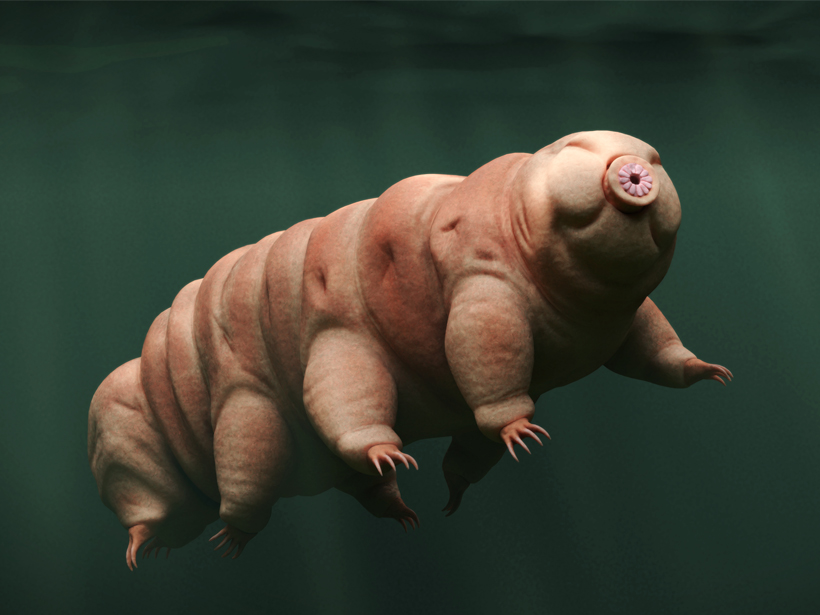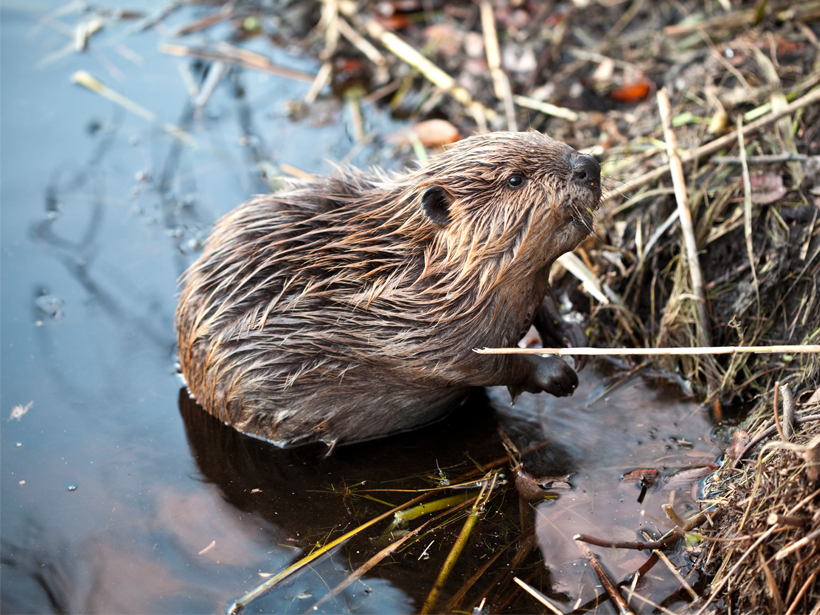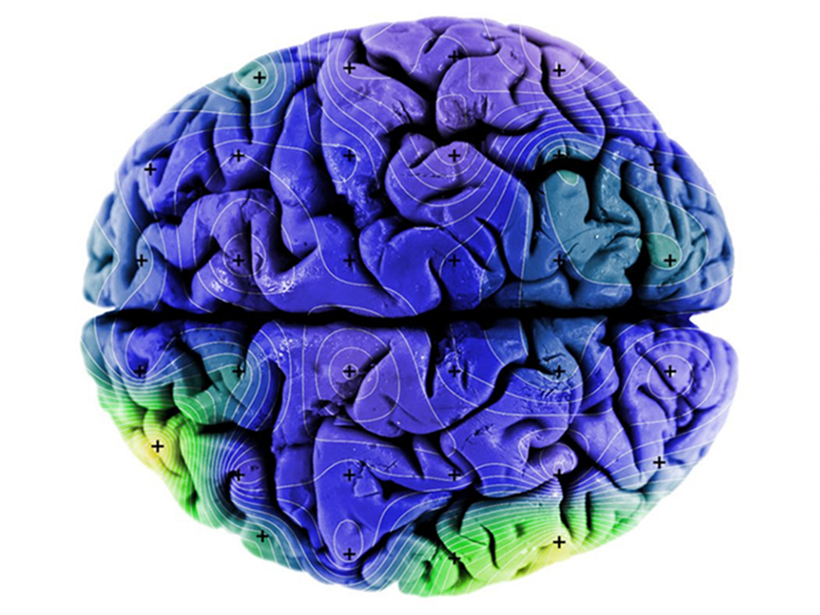Tools developed for climate science can help researchers forecast ecological dipoles: the contrasting effects of climate on populations separated by thousands of kilometers.
animals
Reindeer Could Trample Permafrost Thaw
Thick, fluffy snow traps summer’s heat in the top layers of Arctic permafrost even as winter chills the air above. Grazing animals stomp that snow flat.
Snapping Shrimp Pump Up the Volume in Warmer Water
As the ocean warms because of climate change, the louder din could mask other marine animals’ calls used to navigate, forage, and find mates.
Oil-Exposed Mahi-Mahi More Likely to Lose Oil-Avoidance Behavior
Contact with oil may make it harder for the fish to avoid additional exposure, creating a vicious cycle following offshore oil spills.
Remote Landslide Puts Fraser River Salmon on Shaky Ground
An alliance of First Nations, provincial, and federal leaders worked with scientists, engineers, and emergency responders to rescue critical salmon stocks in western Canada.
Even Tardigrades Will Feel the Heat of Climate Change
Hardy tardigrades are much more vulnerable to heat than cold, but they show some signs that they could adapt over time.
Will Melting Sea Ice Expose Marine Animals to New Diseases?
Marine mammals previously separated by Arctic ice may have more opportunities to interact as water routes redefine habitats and species ranges.
Are Beavers Nature’s “Little Firefighters”?
It’s about dam time: Beavers are acknowledged for their firefighting skills in five recent blazes.
Human Brains Have Tiny Bits of Magnetic Material
Here’s the first map of the magnetic mineral magnetite in the human brain. Turns out that our brain stem may be full of it.
“Glass Pearls” in Clamshells Point to Ancient Meteor Impact
Research suggests that the spherical structures, smaller than grains of sand, may be microtektites, but additional investigations are needed to verify their identity.

